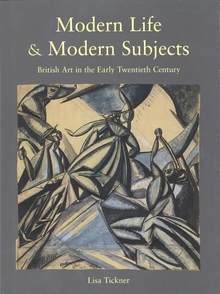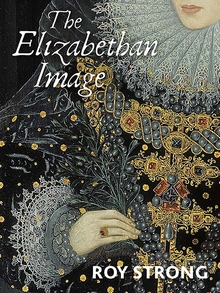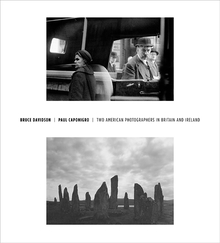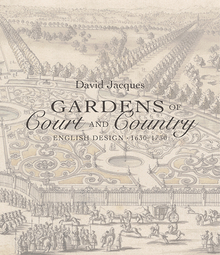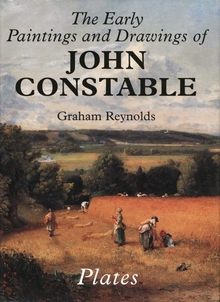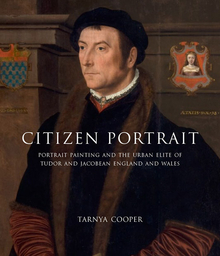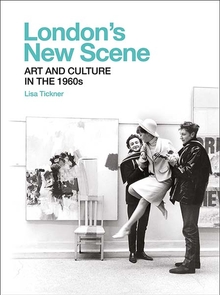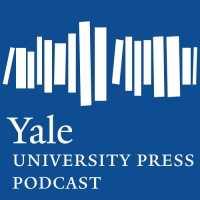Modern Life & Modern Subjects
WARNING
You are viewing an older version of the Yalebooks website. Please visit out new website with more updated information and a better user experience: https://www.yalebooks.com
British Art in the Early Twentieth Century
Lisa Tickner

Read this book online via the A&AePortal, our art and architectural history eBook platform. To learn more about how to access this book, please contact us.
Tickner discusses Walter Sickert’s Camden Town Murder and L’Affaire de Camden Town in the context of tabloid crime. Augustus John’s Lyric Fantasy is seen as rooted in, but also as qualifying, the Edwardian fascination with gypsies and tramping while memorializing John’s dead wife, Ida. The studies for Wyndham Lewis’s lost Kermesse are connected to popular dance and to his sense of the "wild body." Vanessa Bell’s Studland Beach is related to the emergence of the beach as a social and psychic space and to childhood summers in St. Ives drawn on by her sister, Virginia Woolf, in To the Lighthouse. And David Bomberg’s In the Hold, along with Mark Gertler’s Jewish Family, is shown to emerge from contemporary debates surrounding Jewish art and the possibility of a secular, urban, Yiddish culture. In an extended Afterword, Tickner considers the interplay between modernism and modernity in British art before 1914.
Published for the Paul Mellon Centre for Studies in British Art
“Beautifully illustrated and accessible despite its depth of knowledge, this is art history vividly alive.”—Financial Times
“Modern Life & Modern Subjects is one of the best books about modern art—about modern art in England, of all places—ever written. On every page there is a grand fact, a sane judgement, a choice of verb or adjective which changes the lie of the land. Talking early on about Walter Sickert’s Camden Town Murder series, Lisa Tickner agrees that ‘Paintings grow out of other paintings, out of the promise or failure of certain moves, as well as out of the social compost.’ No book I know holds the difficult balance implied here with such care, and with such deep regard for the local texture of the paintings and histories it deals with. Those of us still puzzling over David Bomberg, Vanessa Bell and Wyndham Lewis—and who can think the feeling of bafflement at English modernism’s tone and substance will ever go away?—will now resort to Modern Life & Modern Subjects as our first and surest guide.”—T.J. Clark
“An elegant, highly intelligent and always lucid analysis of how early twentieth-century British modernism was rooted, almost despite itself, in its wider social and cultural matrix.”—Linda Colley
Publication Date: June 10, 2000
Publishing Partner: Published for the Paul Mellon Centre for Studies in British Art
120 b/w + 30 color illus.

